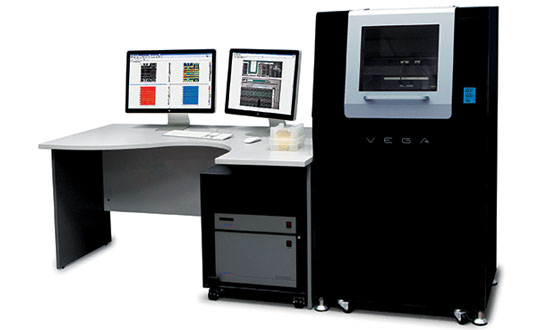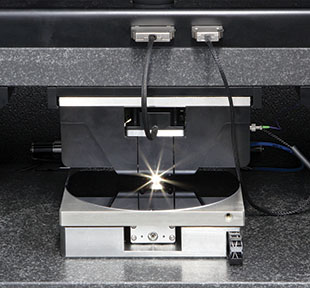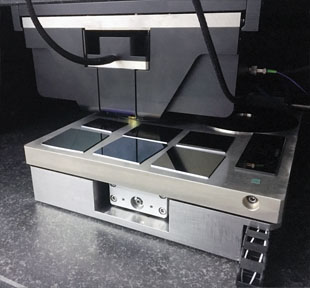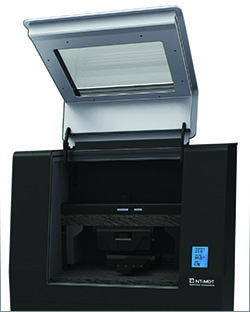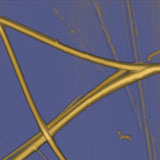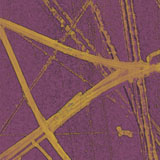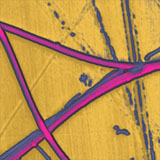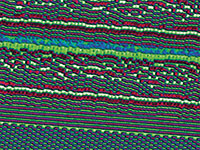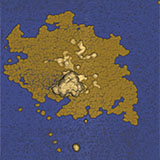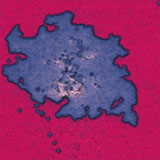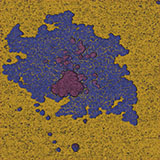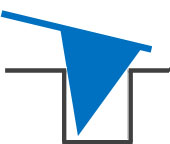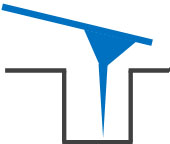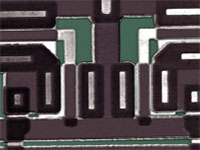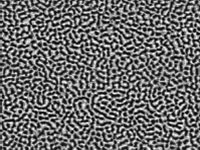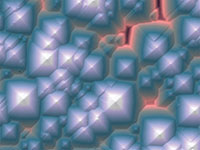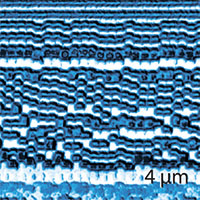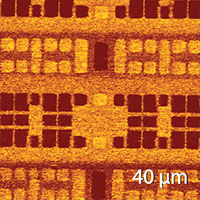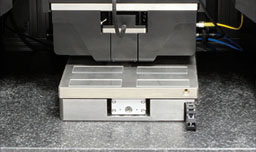Measuring heads
Standard AFM head for traditional AFM probes. Enables operation with the majority of commercial probes
Scanner
Type: tube scanner with closed loop sensors. Scanning by tip
Scanning range, XYZ: 100×100×10 µm or 2×2×1 µm in Low Voltage Mode
Closed loop: Available for all Directions: XYZ
Drive electronics noise <5 µV/√Hz
Tip-Sample Positioning
Type: motorized sample positioning in XYZ
XYZ thermal drift: Less than 0.2 nm/min
Moving range: 200×200 mm in XY, 30 mm in Z
Positioning accuracy: 1 µm in XY, 0.2 µm in Z
Positioning speed: 8 mm/sec in XY
Navigation: automated multiple scanning by user-defined scenario, by video image, 3D mouse compatible
Approach: smart soft approach algorithm
Optical Sensor
Light source: 850 nm SLD with FC single mode fiber, optional LDM and SLD sources of different wavelengths
Optical system adjustment: automated
Optical beam deflection sensor noise: <25 fm/√Hz above 50 kHz
Optical Microscope
Type: motorized focus, digital zoom and XY positioning. Correlated with sample and laser position
Resolution: 0,98 μm
Field of view: up to 1.2×0.8 mm (5 Mpixel)
Autofocus: on cantilever, on sample
Accessories
Variety of sample holders
150 V bias voltage extension
Signal Access Module
AFM probes: probe holder supports most commercially available probes
Electronics & Software
Number of scan channels: up to 24
Signal processing: 512 Mb buffer Size, 3x 340 MHz FPGA, 320 MHz DSP
Lock-in amplifiers: 2x analog lock-in amplifiers, 3x digital lock-in amplifiers (Multifrequency AFM modes supporting)
Generators: 6x 32 bit digital generators, 4x for Lock-in
BV: +/- 10 V AC and DC (independent sample and tip voltage supply), +/- 150 V AC and DC (optional)
Self-testing: automated performance check
Scanning parameters auto adjustment: drive amplitude, lock-in gain, setpoint, feedback gain, scanning rate
Automatic configuration of advanced modes
Automation Features: optical system adjustment, multiple scanning on 200×200 mm range by user-defined scenario, overlay of optical and AFM images, panoramic optical view, place of interest saving, autofocus on cantilever, autofocus on sample
Programming tools: Nova PowerScript language, LabView integration, Database integration
Database storage of obtained images
PC interface: USB
Environmental Protection
Temperature stabilization: build-in fan free thermal stabilization with 0.05 °C accuracy
Acoustic isolation: build-in acoustic enclosure
Vibration isolation: build-in active vibration isolation table
Basic Set of Modes
Contact mode: Topography, Lateral Force, Force modulation, Spreading Resistance, Piezoresponse Force Microscopy, Contact Resonance Microscopy
Amplitude modulation mode: Topography, Phase Imaging, Single- and Two-pass Kelvin Probe Force Microscopy with Phase and Amplitude Modulation, Two-pass and Frame Lift Magnetic Force Microscopy, Single- and Two-pass Electrostatic Force Microscopy, Single- and Two-pass Scanning Capacitance Force Microscopy (dC/dZ and dC/dV imaging)
HybriD mode: Topography,Young's modulus QNM for 104 to 1011 Pa, Work of Adhesion QNM, Force Volume, Current, Piezoresponse, Viscoelasticity, Kelvin Probe Force Microscopy with Phase and Amplitude Modulation, Magnetic Force Microscopy, Electrostatic Force Microscopy, Scanning Capacitance Force Microscopy (dC/dZ and dC/dV imaging)
Nanolithography: Voltage, Current, Force (All Vector and Raster)
Spectroscopy: Force-, Amplitude-, Phase-, Frequency-, Current-Distance, I(V), Piezopulse, Custom mode
Dimensions:
W×L×H: 810×610×1450 mm







